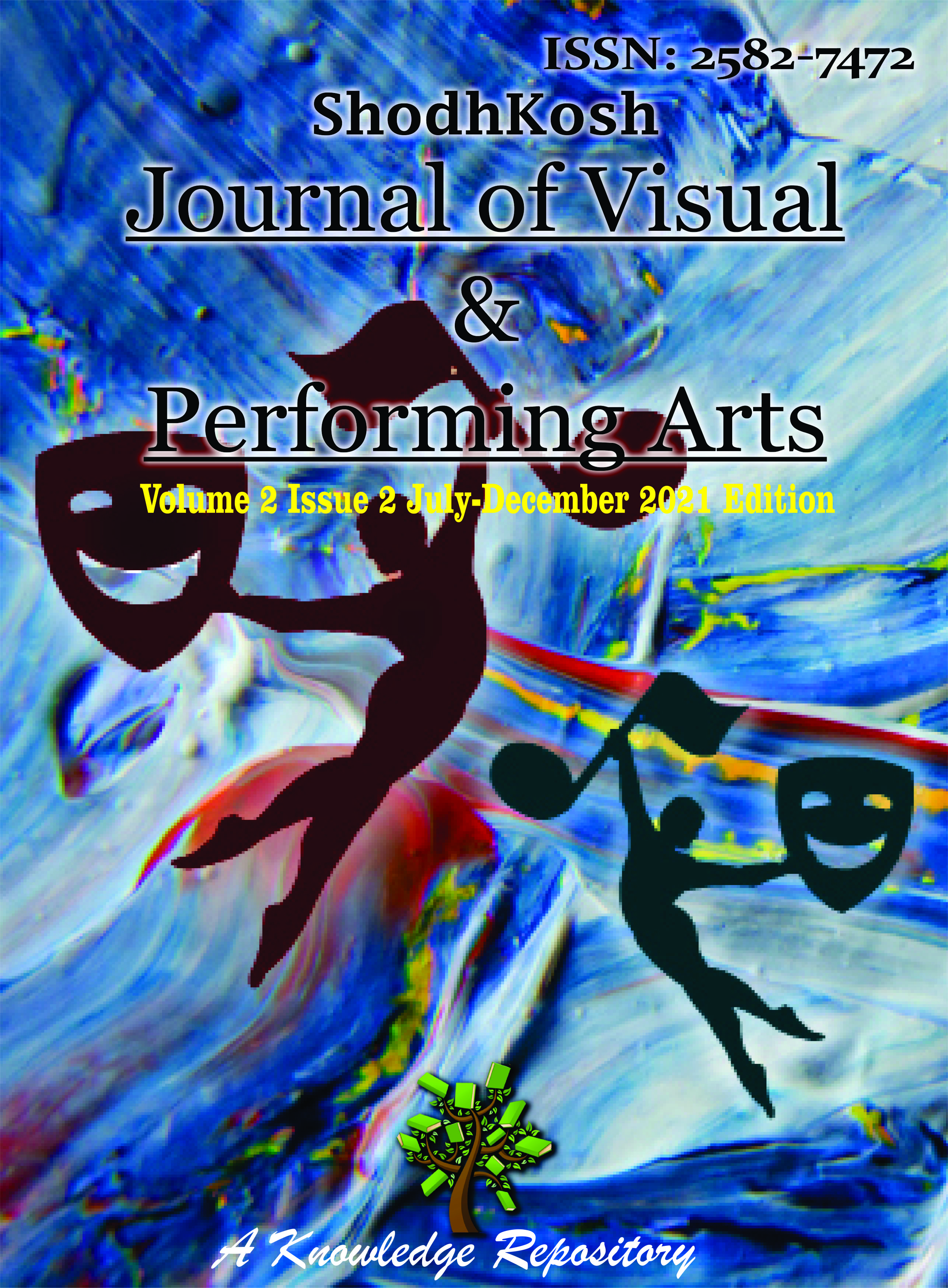FACTORS INFLUENCING SAVINGS: AN ECONOMIC ANALYSIS OF MYSORE CITY EMPLOYEES
DOI:
https://doi.org/10.29121/shodhkosh.v2.i2.2021.4737Keywords:
Saving, Savings, Assets, Logit Model, Chi-square and Simple RegressionAbstract [English]
Saving is a macroeconomic variable which is of utmost importance under the purview of the economic arena on an individual as well as household basis. In a country like India, the income standard is almost uncertain and leads to more consumption rather than saving which has been a macroeconomic problem. If the savings is low, then the investment will also be low leading to low capital formation in the economy. Theoretically, Savings is influenced income but it is also influenced by other factors like the assets they possess and the type of the family they live in. In the present study these concepts are tested using Simple linear regression analysis and Logit Model. Besides, savings are done in both organized and unorganized sectors, for which the reasons differ. So, the study analysed the difference among the reasons to save in organized and unorganized sectors by employed men and employed women in Mysore city, using Chi-Square test statistics for its significance.
References
Ando A and Modigliani F: The life cycle Hypothesis of Saving: Aggregate implication and Tests, American Economic Review, Vol 53, 1963 pp 55-84
Bal,H.S and Bal.H.K, 1982, Farm Family Savings , Yojana, No.16(20).
Burney Nadeem and Khan Ashfaque, 1992, Socio-Economic Characteristics and Household Savings: An Analysis of the Households Saving Behaviour in Pakistan, The Pakistan Development Review, pp.31-48. DOI: https://doi.org/10.30541/v31i1pp.31-48
Carol C. D.: Buffer stock saving and the Life Cycle / Permanent Income Hypothesis, Quarterly Journal of Economics, Vol. 112, 1997, pp 1-55 DOI: https://doi.org/10.1162/003355397555109
Dusenberry J.S, 1949, Income Savings and the Theory of Consumer Behaviour , Cambridge Mass, Harward University Press
Gothaskar,S.P and Venkatachalam,T.R, 1976, Household Savings and Investment in India , Margin, Vol.12, No.1.
Keynes J. M. 1936The General Theory of Employment, Interest and Money, New York, Harcourt Brace and Company
Kurz M, 1984, Capital Accumulation and the characteristics of Private Intergenerational Transfers, Economical Vol. 51, , pp 1-22 DOI: https://doi.org/10.2307/2553931
Modigliani F, The Role of Inter-generational Transfers and Life cycle saving in the Accumulation of wealth, Journal of Economic Perspectives, Vol. 2, (1988) pp15-40 DOI: https://doi.org/10.1257/jep.2.2.15
Ruddar Dutt, 1972, Savings and Investment Must Rise, Yojana, Vol.XVI, No.5.
Smith A , 1993, An inquiry into the Nature and causes of the wealth of Nations , New York, Oxford University Press
Sturm P. H. Determinants of Saving: Theory and Evidence, OECD Economic Studies, Vol. I, 1983 p 147-196
Downloads
Published
How to Cite
Issue
Section
License
Copyright (c) 2021 Dr. Reshma Chengappa

This work is licensed under a Creative Commons Attribution 4.0 International License.
With the licence CC-BY, authors retain the copyright, allowing anyone to download, reuse, re-print, modify, distribute, and/or copy their contribution. The work must be properly attributed to its author.
It is not necessary to ask for further permission from the author or journal board.
This journal provides immediate open access to its content on the principle that making research freely available to the public supports a greater global exchange of knowledge.




























